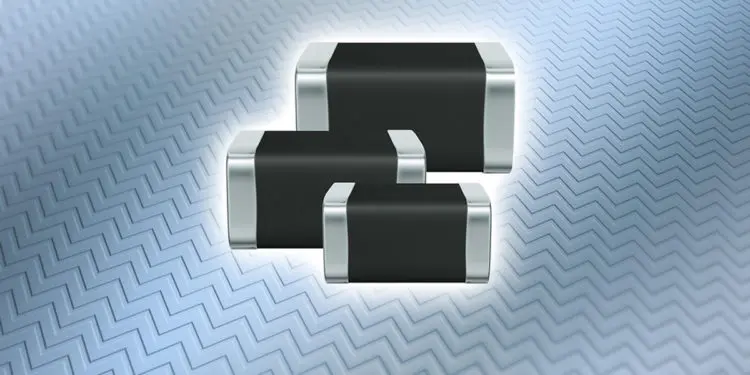TDK Corporation presents a new range of Open Mode chip varistors for electronic automotive assemblies that are directly connected to the battery.
The new chip varistors offer reliable protection against transient surge voltages according to ISO 7637-2, and meet the failsafe requirements according to the VW standard VW 80808. Even when subject to excessive bending stress, short-circuits are avoided, which is particularly important for unswitched battery terminals (e.g. terminal 30).
The new surge protection components are designed for an operating voltage of 14 VRMS or a maximum direct voltage of 16 VDC. The three types of the B725*0G1140S862 series are designed for surge currents of 120 A, 200 A and 400 A, with each 8/20 µs. Depending on the surge current capability, the chip varistors are available in sizes EIA 0805, 1206 and 1210, and are suitable for a wide temperature range of -55°C to +150°C.
Main applications
- Automotive applications, which are directly connected to the battery
Main features and benefits
- Open Mode design
- Fulfilment of failsafe requirements according to VW standard VW 80808-1, 2020-03 edition
- Qualified according to AEC-Q200 and VW standard VW 80808-2, 2020-03 edition
- Reliable protection against transients according to ISO 7637-2
- Wide temperature range from -55°C to +150°C
Characteristics
































